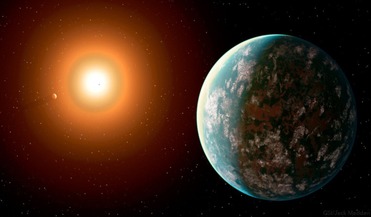 02 August 2019
Newly found exoplanet may be suitable for life
02 August 2019
Newly found exoplanet may be suitable for life
..., which future studies could help determine, “it could trap enough heat to warm the planet and allow liquid water on its surface,” said co-author Diana Kossakowski at the Max Planck Institute for Astronomy in Heidelberg, Germany. Wasting...
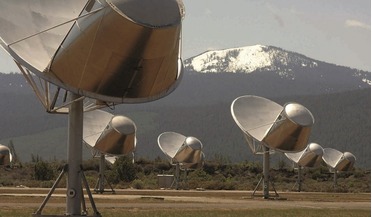 26 June 2020
Giant ‘Exotica’ catalogue boosts search for alien life
26 June 2020
Giant ‘Exotica’ catalogue boosts search for alien life
...for 'life as we know it' on nearby stars - in particular those known to host planets with the potential for liquid water on their surfaces. “The expanded search capabilities that Breakthrough Listen has made possible allow us to consider a much ...
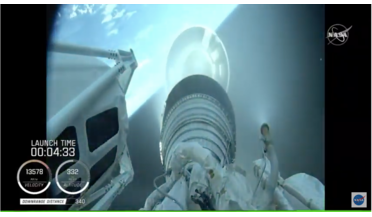 30 July 2020
NASA's Perseverance rover successfully blasts off to Mars
30 July 2020
NASA's Perseverance rover successfully blasts off to Mars
...today. Instead, evidence discovered by on the ground rovers and orbital missions point to long, stable periods where liquid water prospered on the martian surface. These considerably wetter conditions could, if they endured long enough, have provided...
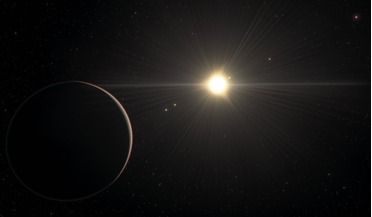 25 January 2021
Unique six-exoplanet system challenges theories of how planets form
25 January 2021
Unique six-exoplanet system challenges theories of how planets form
...,” says Leleu. Although none of the six exoplanets found lies in the star's habitable zone – an area in which liquid water might be found on a planet’s surface – the researchers suggest that by following their earlier plan of continuing the resonance...
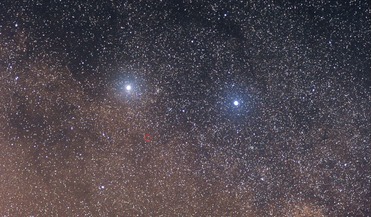 15 February 2021
Possible planet found in habitable zone around Alpha Centauri
15 February 2021
Possible planet found in habitable zone around Alpha Centauri
... about the same size and temperature as our Sun, meaning their habitable zone, the range where liquid water is possible on the surface of any orbiting exoplanet, are about the same size as ours. The team acknowledge...
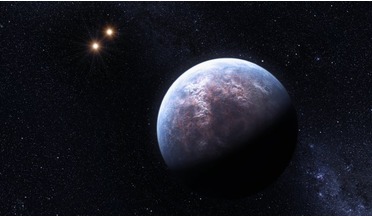 16 April 2021
Five double star systems potentially suitable for life identified by researchers
16 April 2021
Five double star systems potentially suitable for life identified by researchers
... an exoplanet’s habitable zone, the region where a terrestrial-like planet orbiting its host star can support liquid water on its surface, is very challenging. It would seem almost futile then to search for planets suitable for life...